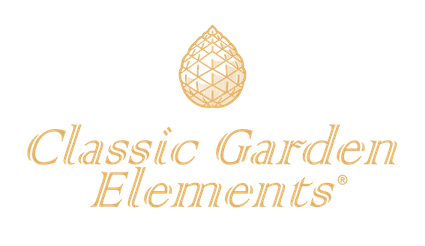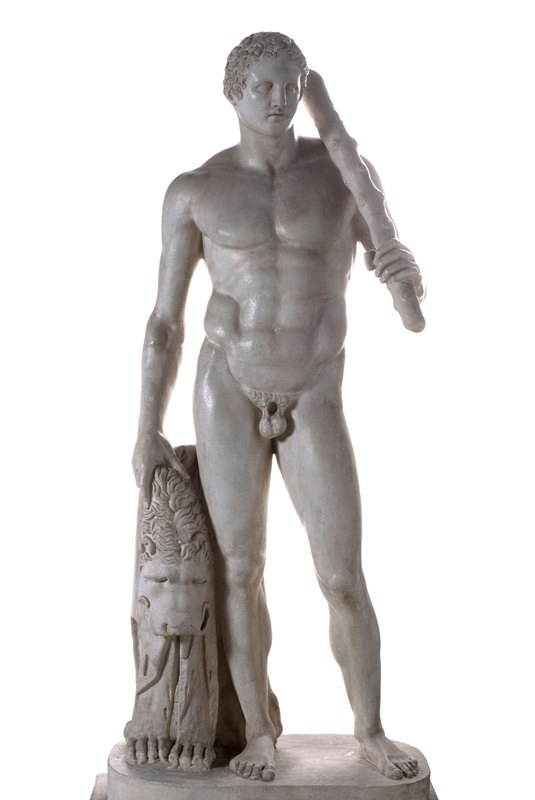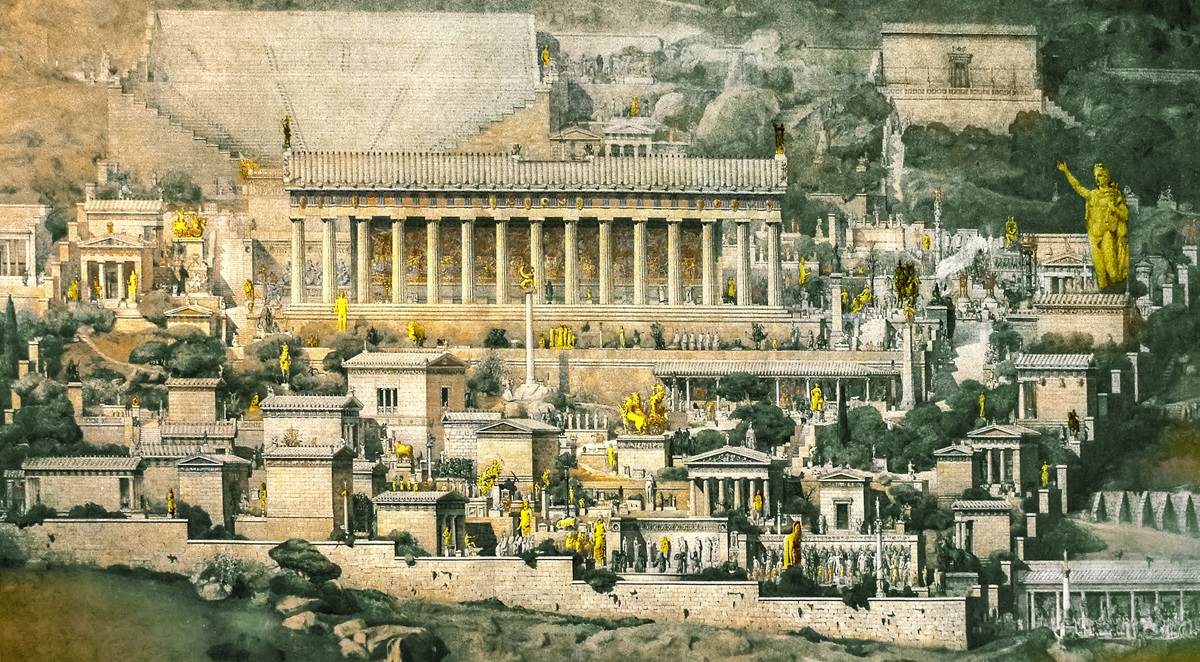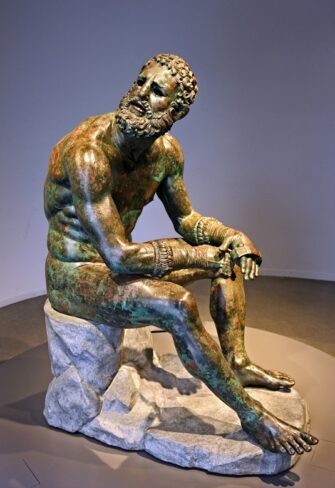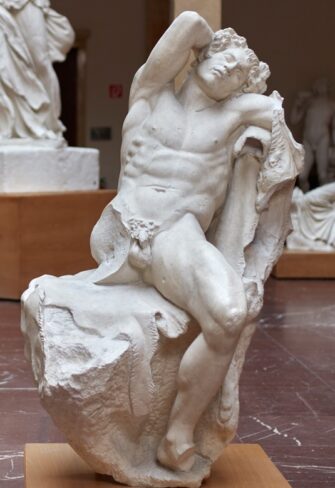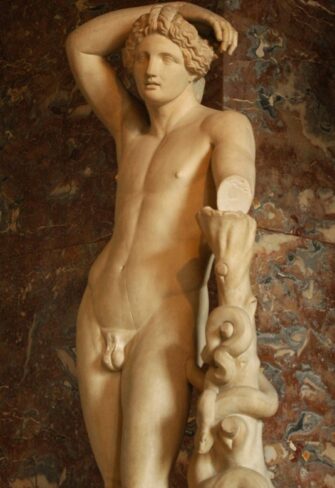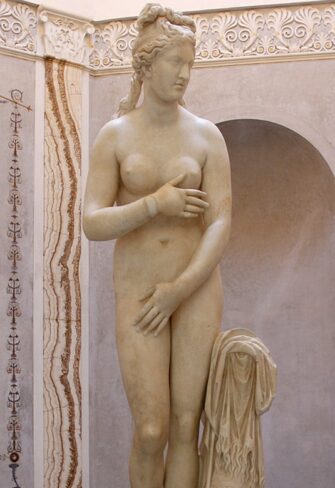All Garden Products from Classic Garden Elements
Lansdowne Heracles
£52,900.00
incl. VAT plus Shipping Costs
Delivery time: 6 months. Free delivery in England, Scotland & Wales (except islands)
USA deliveryclick here
Origin and location of the original model for the life-size bronze cast
In 1790, the Heracles marble statue was discovered in the grounds of the Villa Hadriana near Tivoli. It was sold to the Marquis of Lansdowne in 1792, and since 1951 the statue has been in the possession of the J. Paul Getty Museum in Malibu. Its creation is dated to 125 AD.
Chr. It is based on a Greek bronze model that has not survived, probably created by the sculptor Skopas in the 4th century B.C. No other body copies of the marble statue exist, but the head has been preserved in various replicas. Comparisons with these show that the Lansdowne version with its angular chin, smooth cheeks and sharply carved eyelid and brow arches can be attributed to the time of Emperor Hadrian.
A youthful Hercules, almost a youth, stands firmly on his right leg and has his left leg, with the whole sole of his foot resting on it, placed far to one side. In his drooping right hand he holds the skin of the Nemean lion he has defeated, with his left he shoulders the club. His head is slightly tilted and turned to the left. His oval face with slightly open mouth gazes into the distance. Thick, strong curls cover his head and are held in place by a laurel branch or thin ribbon. This life-size bronze cast, which you can buy in our online shop, is modelled on a plaster cast of the original statue from 1897. You are buying a replica in museum quality.
Description
Who is Hercules Lansdowne?
Hercules Lansdowne is the tamer of the Nemean Lion. Hercules was sentenced to serve the Tirynian king Eurystheus for twelve years, who set him twelve tasks. The first task was to procure the skin of the Nemean Lion. When Hercules realised that the lion was not vulnerable to arrows, he used his huge olive wood club to defeat the beast, without success. After a chase through crevices, Hercules finally strangled the lion himself with truly Herculean strength. He skinned the lion with his claws and covered himself with the fur he had captured. The heroe returned to Tiryns in this outfit. When King Eurystheus saw Hercules in the lion’s skin, he was scared to death and hid in a jar.
Historical significance, details
Today, it is widely assumed that the sculptor of Hercules Lansdowne was not modelled on a unique Greek masterpiece. Rather, the sculptor of the statue may have created something new, but entirely in the Greek late-classical style of the fourth century B.C. The statue also represents one of the most beautiful sculptural finds from the grounds of Hadrian’s Villa in Tivoli near Rome. Other famous finds from this imperial villa include the statue of Osiris Antinous, the statue of the Discus Thrower, the mosaic of the so-called Pigeon Pool, the statue of Diana at Versailles, the Crouching Aphrodite, the statue of Capitoline Antinous and the Capitolines, or “Furietti” versions of the statues of a young and old centaur. When Hercules Lansdowne was recovered, the statue was not completely preserved. A Roman sculptor completed the missing parts of the statue: the nose was completed; the right forearm, several fingers, the rear part of the lion’s skin, part of the right thigh and the entire left calf were modelled.
Antique statue. Life-size bronze cast in museum quality
The life-size bronze cast that you can buy in our online shop is produced as a bronze cast using the traditional lost wax technique. The negative mould required for this is based on a plaster cast of the original made at Lansdowne House in London in 1897. The finished bronze sculpture is of museum quality and corresponds to the original as it was in 1897 with the additions and restorations carried out in Rome before it was shipped to London.
Buy Lansdowne Hercules as cast marble & marble sculpture from sculptor
In addition to the classic bronze casting, we also offer two other moulds for the statue shown here. The marble cast from powdered genuine white marble. And the new moulding of the statue by sculptors from a single block of white marble. If you are interested in such a mould, please do not hesitate to contact us. We look forward to receiving your e-mail or phone call.
Authentic Reproductions of Ancient Bronze Statues: Classical Weathered Patina and, exclusively new and available only with us, the Original Antique Patina based on the latest 2022 Louvre research findings
We offer two exceptional patina options for bronze statues. The first is the classical patina, which beautifully captures the natural weathered appearance of bronze. Since the rediscovery of ancient life-sized bronzes, this patina has become the preferred choice and is available in up to three popular variations.
For enthusiasts seeking an authentic, antique aesthetic, we present a groundbreaking innovation: a faithfully recreated surface finish that matches precisely what the ancient audience would have admired. Thanks to the spectacular research findings published by the Louvre Museum in late 2022, we are now able to replicate the surface of ancient life-sized bronzes with remarkable accuracy. The multi-year study of the Charioteer of Delphi, conducted using cutting-edge technology, revealed that the statue, aside from minor details such as the eyes, headband, and belt, once displayed a high-gloss, golden sheen reminiscent of subtly shimmering gold leaf. It is therefore highly likely that renowned ancient sites, such as Delphi, Olympia, and Delos, presented themselves to ancient visitors with bronze statues gleaming in golden splendour.
This effect was achieved through the use of bronze with a 10% tin content. Armed with this scientifically substantiated knowledge, we can now offer an authentically recreated, antique surface for our reproductions of ancient life-sized bronzes – a level of precision that was unattainable prior to these 2022 research advancements.
Individualisation of the statue
Each statue cast by us is engraved in the base with a serial number, date of manufacture and our company logo. The base of the life-size bronze casting is also engraved with your name, a lettering, the occasion of production, your own company logo or an additional engraving as required.
Your very personal legacy
Our life-size cast bronze replicas are therefore not only artistic replicas, but also timeless reminders that will preserve your legacy for generations to come. By engraving your name, the date and the occasion on the base, this statue becomes an everlasting symbol of your most personal life achievement, your significance in this world and your work there.
Memory cast in bronze in the radiant light of antiquity
Ancient Greek bronze statues and their masterfully crafted Roman marble replicas were the sensual and visual mirror of these two advanced civilisations for over a millennium. After their rediscovery during the Renaissance, these statues once again became world-famous and symbolised the emergence of modernity. The statue made for you and with your name as the donor will forever be a reminder of your personality and achievements in the ancient traditions of Delphi and Rome.
Locations for the installation of ancient statues & list of parks with ancient sculptures
In exceptionally designed gardens and parks, alongside high horticultural artistry and exceptionally beautiful design, the use of top-notch furnishings often shines. Whether it’s furniture or statues and sculptures. Now original antique statues are not or very rarely available for sale. Since their rediscovery in the Renaissance, costly replicas have such been made for castles, their parks, and concurrently for the mansions of the bourgeoisie who have attained great wealth. During this time, a canon for the placement and positioning of these artworks formed and developed into modern times. In our online shop, you’ll find an overview of particularly beautiful locations for ancient statues. Additionally, we provide you with an overview of some publicly accessible gardens and parks, each boasting an impressive collection of ancient sculptures, along with specific details on where each statue can be seen.
Product details
| Item No. | S07 |
|---|---|
| Material | Bronze cast |
| dimension (height x width x depth) | 208 cm x 88 cm x 76 cm |
| What you receive | Single piece, Bronze cast. The exact design details, measurements and weight as well as the structure and colour of the Bronze cast may vary. |
| Delivery | Delivered using our own van |
| Delivery Charge | Free delivery in England and Wales (except islands) and to a few EU countries. Click here for details. |
| Price incl. VAT | £52,900.00 |
